
The venue
Did you ever wonder how it would be to have the 2200 participants of CCK08 in one room in the same physical location? I guess, I could say that I experienced something like this in June when 2000 people were brought together in the largest venue in the town of Thessaloniki. While the learners may have been very different from the usual people we find at academic conferences, at least some of them, they all had the desire to connect with others, I suspect, and a common passion for learning through making, or just making through which learning happens.

it does look huge… and it was huge
 Dr Fachantidis who leads the Robotics Academy at the University of Macedonia invited me to be their guest speaker at the Awards Ceremony that recognised all little makers who had completed the robotics programme during this school year. The event took place in Thessaloniki in the biggest room available in town and it often hosts the PM… apparently…
Dr Fachantidis who leads the Robotics Academy at the University of Macedonia invited me to be their guest speaker at the Awards Ceremony that recognised all little makers who had completed the robotics programme during this school year. The event took place in Thessaloniki in the biggest room available in town and it often hosts the PM… apparently…
But let’s start from the beginning. I met Nikos at the LINQ 2015 Conference in Brussels and as it was a relatively small conference it didn’t take us long to find each other. We have this saying, wherever you go on earth, you will find a Greek. This is probably true.
While we used the conference to find out about each other’s work, afterwards we stayed in touch and started working together informally having identified opportunities to connect our students through the open community #creativeHE and enable them to learn together. From my side the students were academic colleagues from Manchester Metropolitan University and other universities from the UK and elsewhere who teach or support learning, while Nikos connected with us his postgraduate students from the MA in Lifelong Learning and the MA in ICT in Education who were educators outside higher education and primarily in primary, secondary and adult education.
Nikos has been leading innovative work and research in the area of robotics in education for some time now. Just two years ago, in 2016, he set-up the robotics academy to inspire little makers from Thessaloniki and across Greece to experience the potential of robotics for their own development but also the education sector. His work has been recognised nationally and internationally and he makes a difference to many many people.

all 2000 on a Sunday when they could be on a beach…
It was truly amazing that so many people, parents, grandparents, educators from across the sectors, lecturers, students and little children, who were the stars of the day, were with us on that Sunday to celebrate together. A very diverse audience with the common love and passion for making robots and learn something new through this process while also connecting and collaborating with others as well as developing social and life skills. Nikos is also involved in multiple studies where robots assist specific groups, for language learning, create opportunities for co-learning, personal development and create opportunities for the elderly and individuals with specific learning difficulties.
At this point, I have to note that I had no idea I would be speaking to 2000 people as I had assumed that there would be maybe up to 50, ok maybe 100. Never assume. When I heard that there would be 1,800, this is what Nikos said at some point, I had already agreed to do this and was on the plane to Thessaloniki. I was in shock and became increasingly nervous. While it was an honour that Nikos had selected me for this job, it was also daunting at the same time. Double daunting in fact, as I would be speaking in Greek about my work in creativity and play. And while Greek is my mother tongue, my professional language is English. Therefore, it is easy to see that speaking in Greek about my work was almost Greek to me, if I can borrow this phrase and a big risk.

Little makers before the award ceremony started
What I did want to achieve through this talk is to trigger wider interest of the importance of creativity through playful learning throughout education and life more generally and illuminate some of the opportunities playful learning through making brings. I also felt that in order to achieve this fully, or even partially, I needed to find a way to connect with this diverse audience and I used play and storytelling. Below I have tried to explain my rationale and how it all worked. It is at this moment in time the only perspective I have but I am inviting individuals who were there to comment on this post, if they wish.
The strategies I used for audience participation… and why…
Say it with a picture
I love taking pictures and using them to communicate messages visually, connect ideas and experiences. I did this in this speech as well. To the pictures I added shorter messages as prompts but also two extracts from recent publications. A little bit of recent research is always useful to strengthen an argument and it doesn’t all sound too one sided. The pictures were used to create mental hooks but also to communicate across borders and tell a visual story through these in combination with written and oral language.
Tell a story
This creates familiarity and develops empathy too. Storytelling helps us draw people in, to connect. If some of the stories are our own this process is speeded up further.
I took of course a risk. I could just read a script but I decided not to. The natural flow of words was more attractive to me as a way to connect with the audience and include them whenever possible. I shared snippets from my life story hoping that these would act as attention hooks and also engage the audience emotionally, beyond the cognitive dimension and the kinaesthetic one, which I also did attempt to include as we did some physical activity. All 2000 people in the room. Hint… chairs… and more details about this follows.
Surprise
We have no idea what others expect, but I know from teaching and facilitating workshops and sessions at university and conferences, that interaction can break the ice and help us feel more relaxed and natural and enable the time to fly. I had set myself a challenge to find a way to engage 2000! And while ideas seem to pop into my head all the time, it took me a little bit longer this time to find a suitable solution and make it happen. In the end I used the sticker and chair approach, which I had used before in other cases but had no idea if the audience would actually participate… never before did I have 2000 in front of me. They did and turned that massive room into a vibrant market place. I was worried that the sticker wouldn’t be found and what I would do then, but the sticker was found. I had placed it before anybody entered the room earlier in the morning. I had prepared a little prize for the individual who would locate the stickers and offered to share my remaining stickers with other children when I had finished. They all disappeared. I just wish I had taken more of them with me. I hope the little boy who found the sticker under his chair will enjoy his day out with his family and think back at this day and our encounter.
Move around
While I started on stage and behind that podium, in this massive room, I soon started moving around among the audience as I felt this was a better way to connect with them. I also did this for practical reasons as I struggled to see the slides due to the way the big screens were positioned and there was no laptop or screen on the actual podium. There definitely was an opportunity to have an additional big screen at the other side of the room to help the presenter and also have a screen on the podium. A hands free microphone would also help and provide even more mobility to the speaker. I am definitely not tall, rather short, and am not sure if people saw me wondering around the room with the microphone and inviting the audience to participate. I don’t regret my decision to do this as it did help me get a little bit closer to the audience and at least further engage with some of them but also get some further participation from all of them. I think the cameras were following me around… if I remember well, but at the time, I didn’t really notice.
Provoke
Talks like these present an excellent opportunity to share fresh ideas. Ideas that are half-baked, rejected the mainstream, novel or new to a specific audience. Ideas that challenge the status quo in a specific context and make us think. Ideas that unsettle us and make us feel a bit uncomfortable. Our curiosity and imagination drive us to make surprising connections. Communicating and sharing these in a way that helps others think and consider are important. It is not about finding new or additional supporters, this in not a football club, but to help people think.
Fifteen minutes is a tiny bit out of our lives. However, fifteen minutes shared with so many has the potential to last longer. I hope some of what I shared with the audience and what we experienced together will accompany them for a little bit longer.

Thank you for the warm reception, the hospitality, the privilege and the opportunity to share these special moments with you Nikos and all. My warmest congratulations to all little makers, their families and teachers as well as everybody from the Robotics Academy for inspiring them.
During my stay in Thessaloniki I also had the opportunity to meet and collaborate with some of Nikos students and colleagues at the University of Macedonia. Teaching two sessions on the MA in ICT in Education was a pure pleasure and I would like to thank all students and my colleague Haleh Moravej who joined us at very very short notice remotely and shared her experience around creative approaches to learning and teaching with us all.

Friday: After the MA viva and presentation. From left Nikos, Christina, Yannis, Sofia and Marianna. It was interesting to be part of this and gain an insight how the process is conducted at the University of Macedonia. Christina’s study was about co-learning or learning in partnership of parents with their children using robotics.
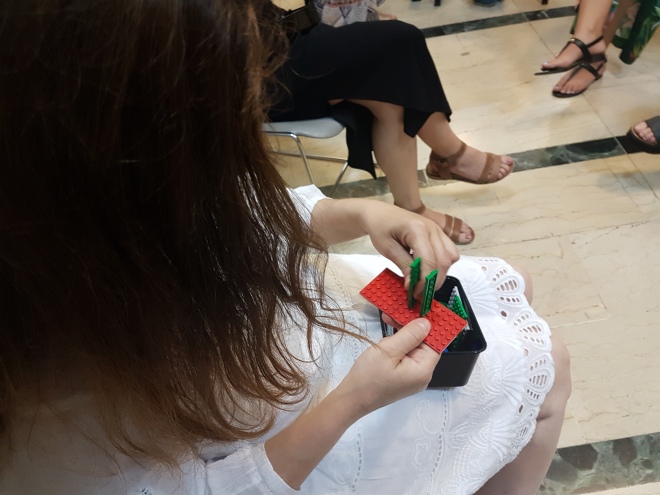
1st session on Saturday with the MA, starting with low-tech to get to know each other and then moved to digital technologies…

2nd session on Saturday: With Haleh, second session with the MA in ICT in Education, students are primarily teachers in primary and secondary education
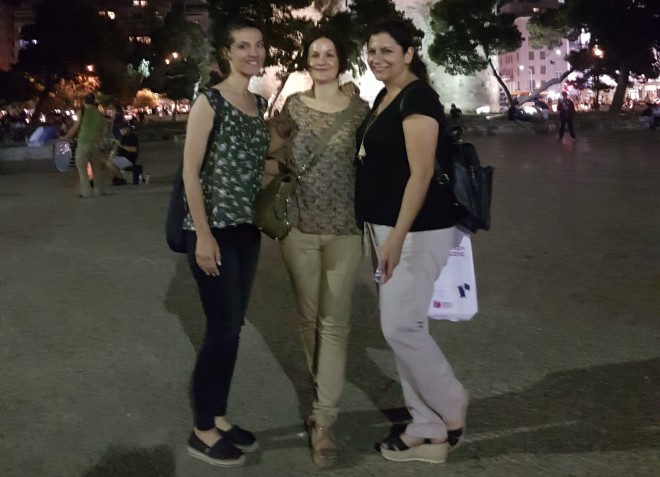
I loved the time we spent together Sofia (PhD student in robotics in education), Marianna (working at the University of Macedonia with Nikos, open education/research), Christina (just finishing her MA, dissertation in robotics in education). We had so much fun!
Thank you for this wonderful opportunity Nikos to work with your students and get to know them a little bit. I love and admire their commitment to learning and professional development and doing the course late in the evening and on the weekend. I wish them all the very best for the future.
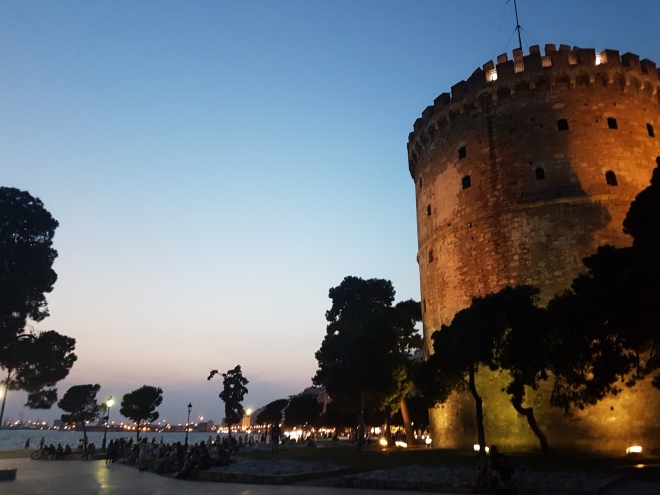
Thessaloniki’s landmark, especially for Gerasimos who is from there

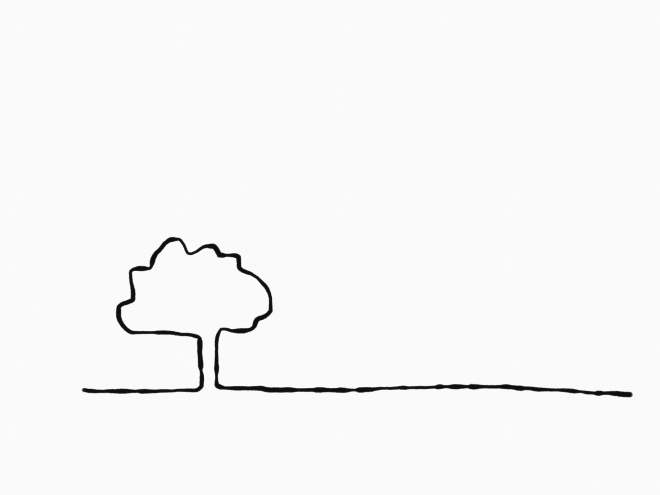

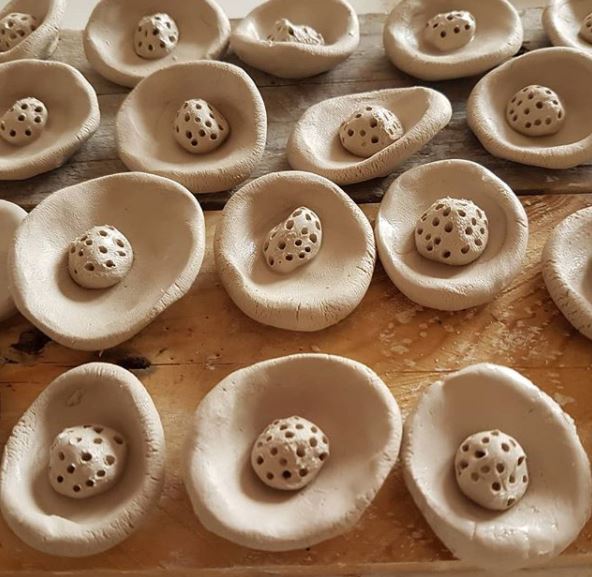

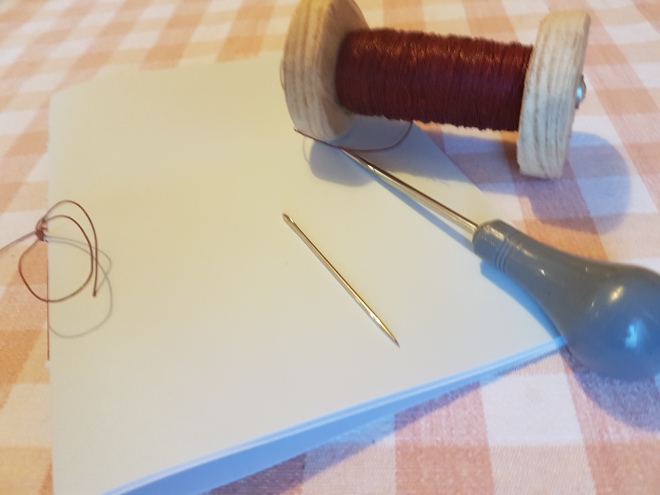
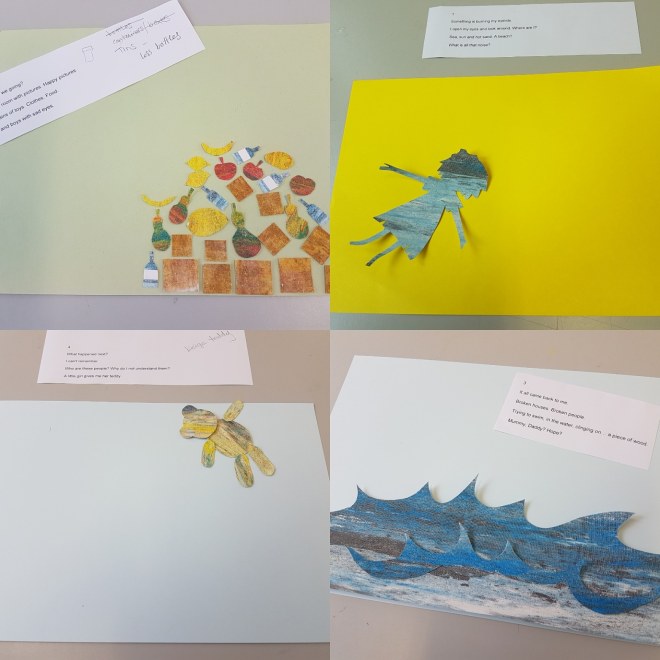

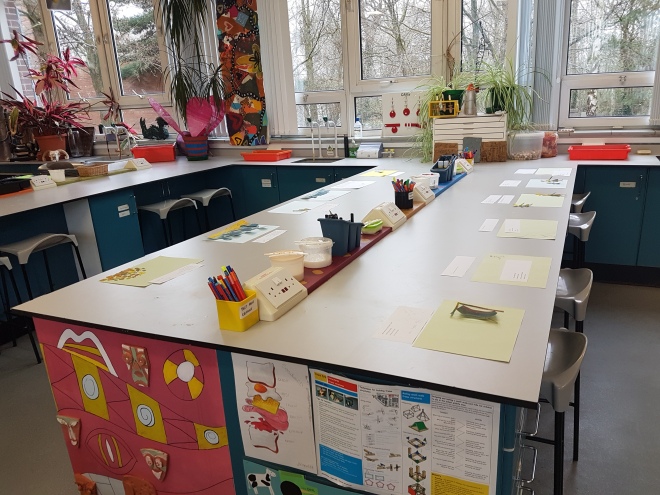





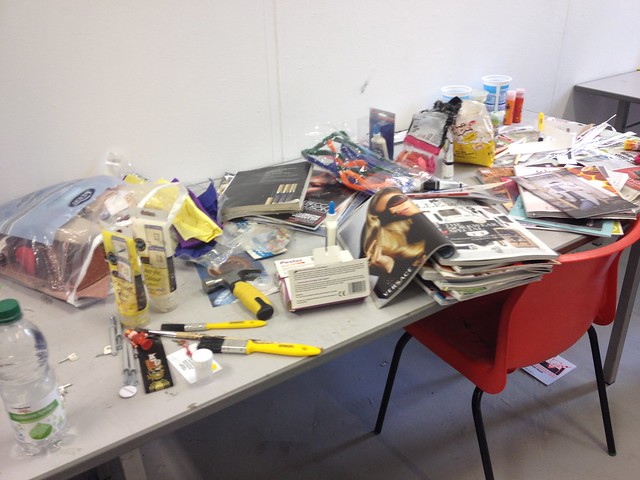


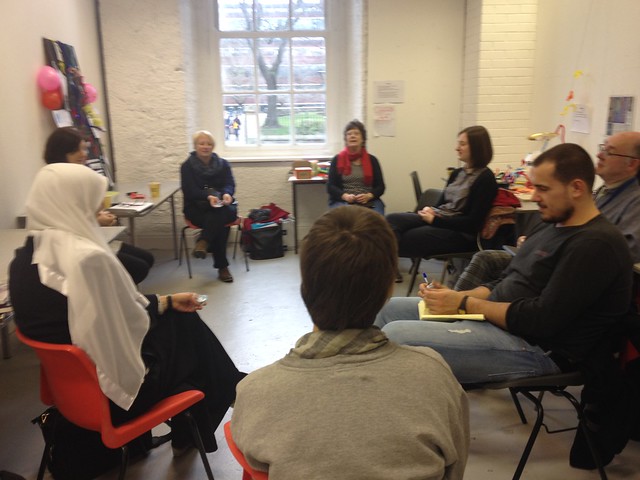
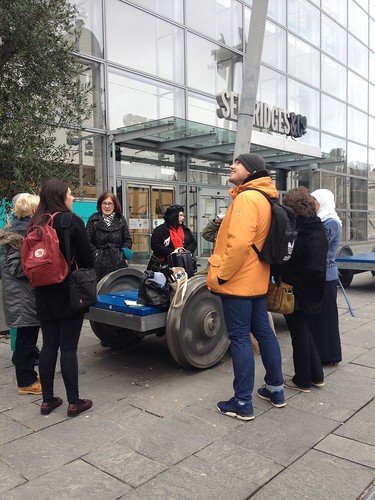
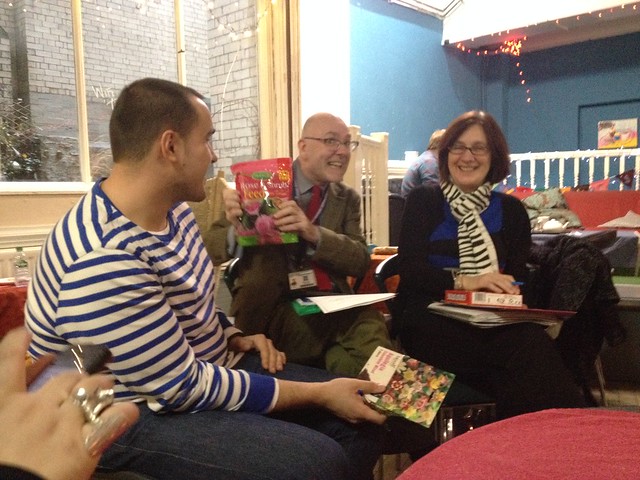
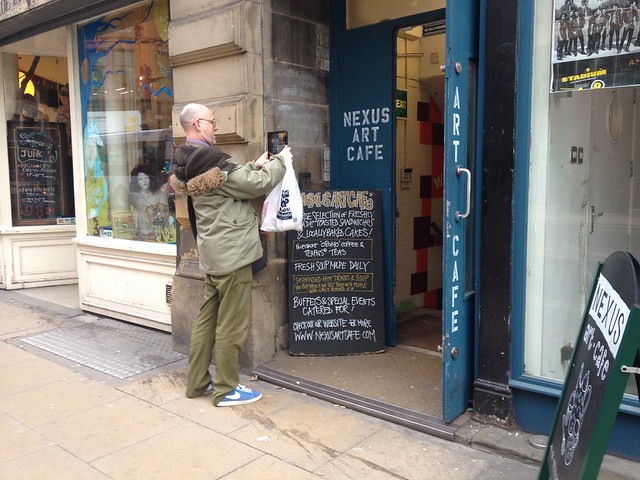

You must be logged in to post a comment.